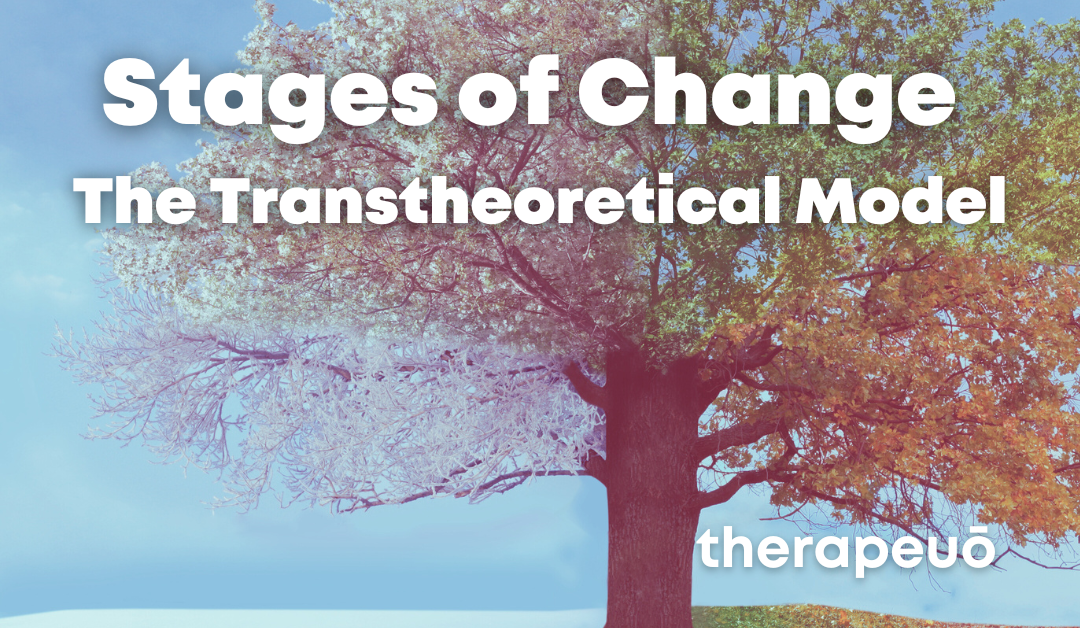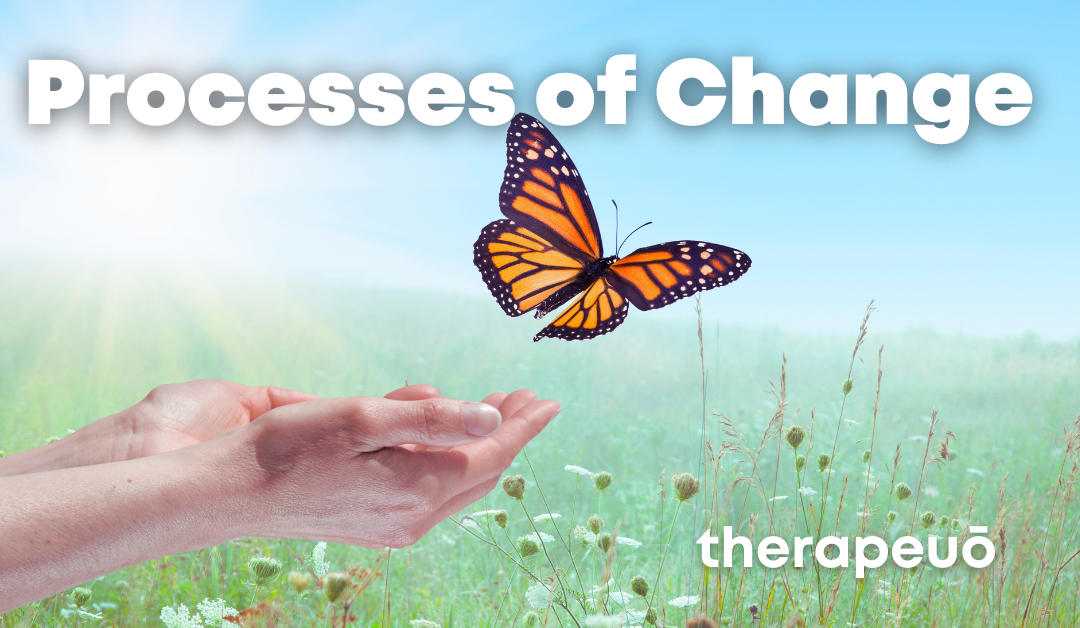
Finding Help: The Matrix Model
The Matrix Model is a highly structured 16 week program originally developed in the 80’s to treat stimulant dependent users. It was originally developed as a response to the growing problem of cocaine addiction and is still one of the most effective approaches in the treatment of stimulant (eg. cocaine and methamphetamine) abuse. During a time where most rehabilitation programs and centers were geared towards addressing heroin and alcohol abuse, focusing on 28 day in patient programs and relying heavily on the twelve step fellowships, the Matrix model was thought to be a more targeted approach to benefit this new group of users who had started showing up at treatment facilities all over Southern California.
Built on empirical evidence from clinical studies this mode of treatment has been proven to be effective in reducing the use of alcohol and substance abuse as well as improvements in psychological indicators.
Where many other treatment plans find their basis in a singular psychological orientation, the Matrix Model is an integrative approach which makes use of a variety of treatment styles and methods.
This includes CBT (Cognitive Behavioral Therapy), motivational interviewing, behaviorism, supportive person centred therapy, family/couples/marriage counseling, group therapy with an emphasis on social skills and twelve step fellowship meetings.
Being highly integrative and adaptable the Matrix Model can be customized to suit the individual client. Incorporating the most effective tools and facets of various approaches this treatment model is proven to be highly successful in treating those who are new to recovery and those who have not found other approaches helpful.
The methods are tried and tested for their appropriateness and effectiveness in the population being treated.
The focus of this treatment model is to teach individuals about addiction and recovery, to prevent relapse and to teach social skills, especially within a drug-free environment. This approach also encourages family members to participate in the recovery of their loved through education and counseling – whether group, family, marriage or individual counseling.
Relapse prevention and contingency management is often prioritized. In contrast to alcoholics, those who use cocaine or other stimulants often have shorter histories of use, experience periods of abstinence followed by relapse and are generally not in denial of their addiction. Since the craving the client experiences for the stimulant in question can be so overwhelming contingency management and relapse prevention is a key issue in this approach to therapy.
To encourage participation and program compliance this outpatient program also includes weekly drug testing over the course of the 16 week period to monitor and assess recovery progress.
The most common incarnation of this treatment model is as an outpatient program meaning that clients will come in weekly to the treatment facility or provider and then return home.
Some studies have observed:
- A 1985 pilot study found that users who chose the Matrix Model program over a 28-day inpatient hospital program or a 12-step group showed lower rates of cocaine use 8 months after they were treated, compared to those who participated in those other types of treatment.
- Another study of methamphetamine users who were treated using the Matrix Model found that this group had significantly reduced their meth and other drug use 2 to 5 years after treatment. Many of these people also had also become gainfully employed and stayed out of jail.
- A 48-session alternative Matrix Model program for gay and bisexual men who abused methamphetamines found those who participated were less likely engage in risky sexual behaviors (due to their reductions in drug use), an important factor in preventing the spread of HIV.
The Matrix model can also, as previously asserted, be adapted to treat other substance use disorders as well.
A Matrix Model therapist must be properly acquainted and familiar with a variety of styles and therapeutic methods while also being adaptable.
The most appropriate kind of therapist/counselor would be someone who is experienced in CBT, motivational interviewing and the physiology as well as pharmacology of addiction.
Since this treatment model is non-confrontational the therapist will often take on the role of a teacher or coach, and it will be his/her duty to create a safe space – free of judgement – an environment based on openness and positivity. Empathy and a solid understanding of the clients needs is of the utmost importance.
The therapist facilitates group, individual and family counseling sessions, encourages attendance and participation in 12 step groups, engages the client in notions of CBT to understand connections between thoughts, feelings and behaviors as well as coordinating with other therapists and social services to see to the needs of the client.
The therapist is also there to praise and reward desired behavior and to provide consistency and structure to the client’s recovery journey.
Since this is an intensive program it would require that the client participates daily – attending formal therapy more or less three days a week and informal treatment like fellowship meetings on every other day.
The main components of the program are as follows:
Individual Therapy Sessions: These sessions often involve treatment planning and checking in to assess the client’s progress in the program. It may also invole family members or significant others.
Early Recovery Groups: These groups are for individuals in the first few months of sobriety and aims to build a support community for the recovering addict while also teaching valuable social skills and coping mechanisms.
Relapse Prevention Groups: In these sessions users focus on learning strategies to maintain their sobriety. These groups are very organized and the curriculum includes 32 different topics on preventing relapse. Such as changing behavioral patterns, altering ways of thinking and getting involved in 12 step fellowships.
Family Education: Usually facilitated as a therapeutic group, these sessions take place over the course of 12 weeks and teach family members about the physiology of addiction, the health affects of drugs, the conditioning of addiction and the effects of addiction on the family.
Social Support Groups: In the last month of treatment the client will attend these group sessions to focus on finding drug-free activities and healthier drug-free relationships.
Twelve Step Meetings: An integral part of most approaches to the treatment of SUD is introducing participants to the 12 steps and encouraging them to attend meetings. Some programs even have onsite meetings.
CBT/Cognitive Behavioral Therapy: CBT is a type of therapy which aims to help users understand how their thoughts influence their behavior. They learn how to replace negative thoughts that can lead to self-destructive behaviors with positive thoughts and healthier behaviors.
Motivational Interviewing: A counseling technique which is used to identify the users motivation for getting clean and make positive changes in their life. The therapist/client relationship is a partnership, and this technique is used to bolster rapport, overcome their resistance to quiting drugs and to encourage the client to engage in their recovery.
Contingency Management: This strategy rewards drug free behavior – such as attending 12 step meetings – or withholding rewards or even implementing consequences for drug-using behaviors – for example, failing a drug test or not taking prescribed medication.
Progress in terms of the program is monitored through goals set during individual sessions as well as random weekly drug testing. The drug testing is imperative to keeping the client accountable and to reward sobriety – it is never used to punish or break down a user.
A failed drug test may indicate the need for more structure in the program.
As stated before, this program is highly adaptable and can be used in a variety of settings and circumstances to provide the appropriate treatment for the individual.
If you need help finding a facility or treatment center you can contact us today.
We are always willing to help you find the right help.
You are not alone.
If you or a loved one is struggling with drug or alcohol addiction phone us today on 0653703806.



